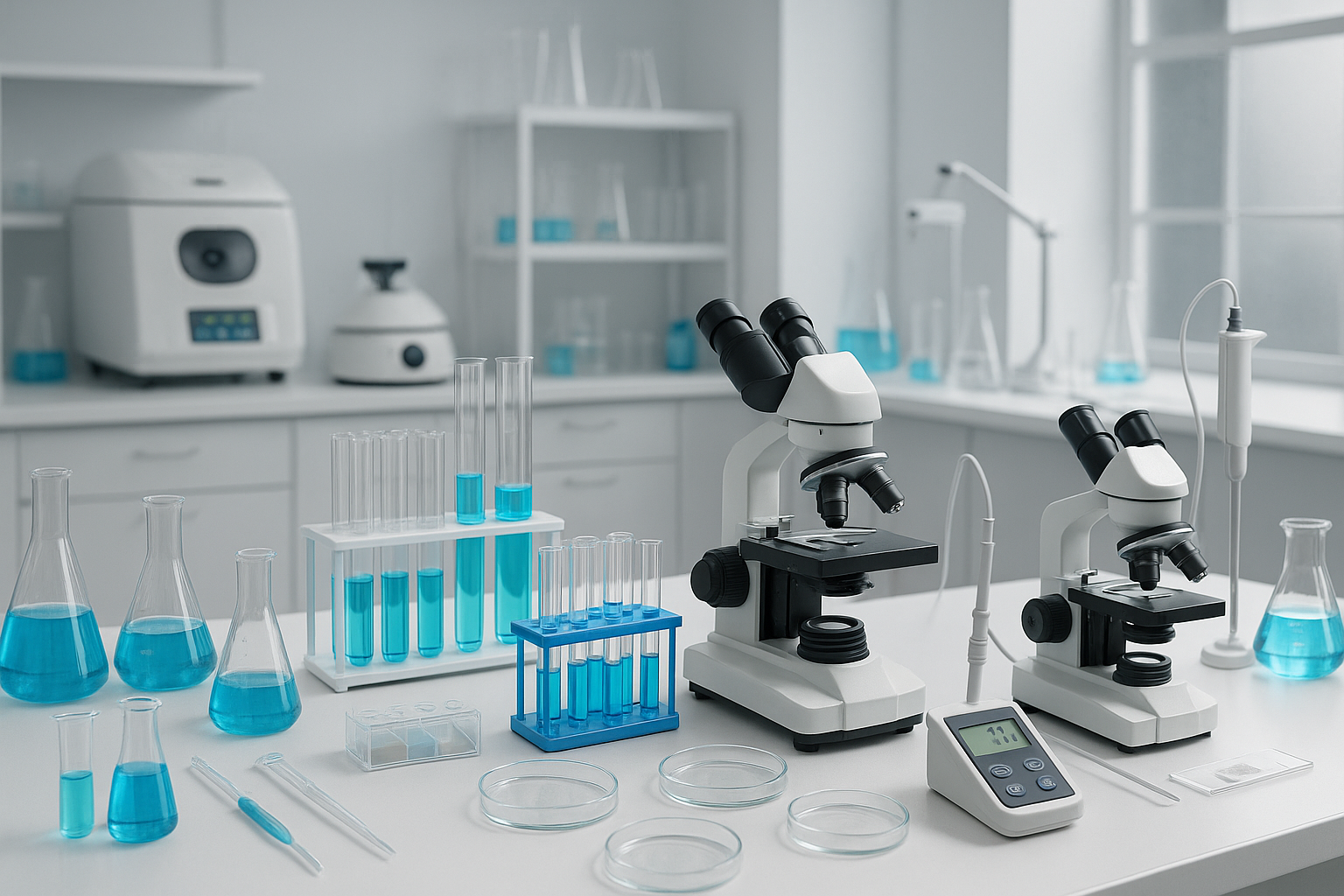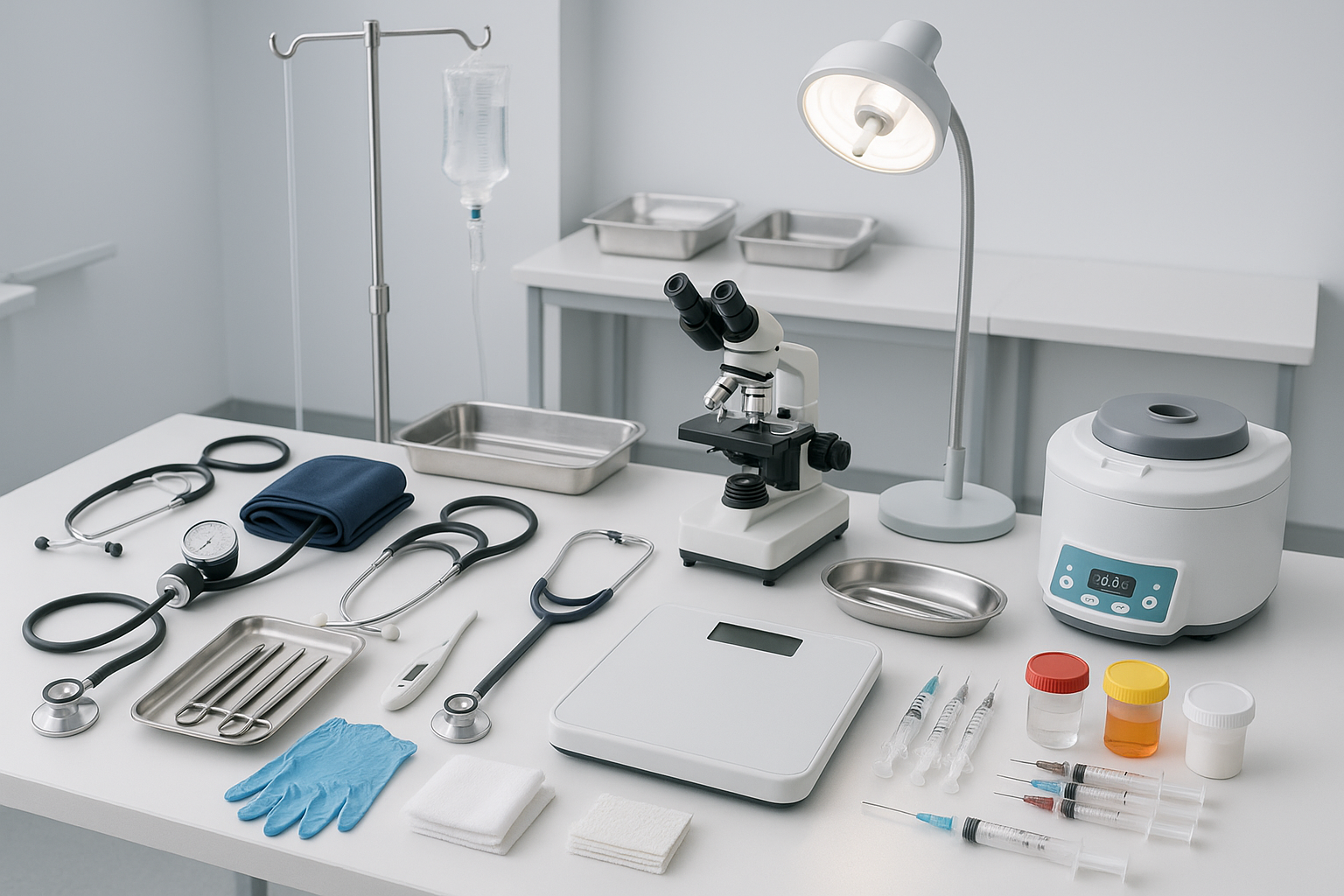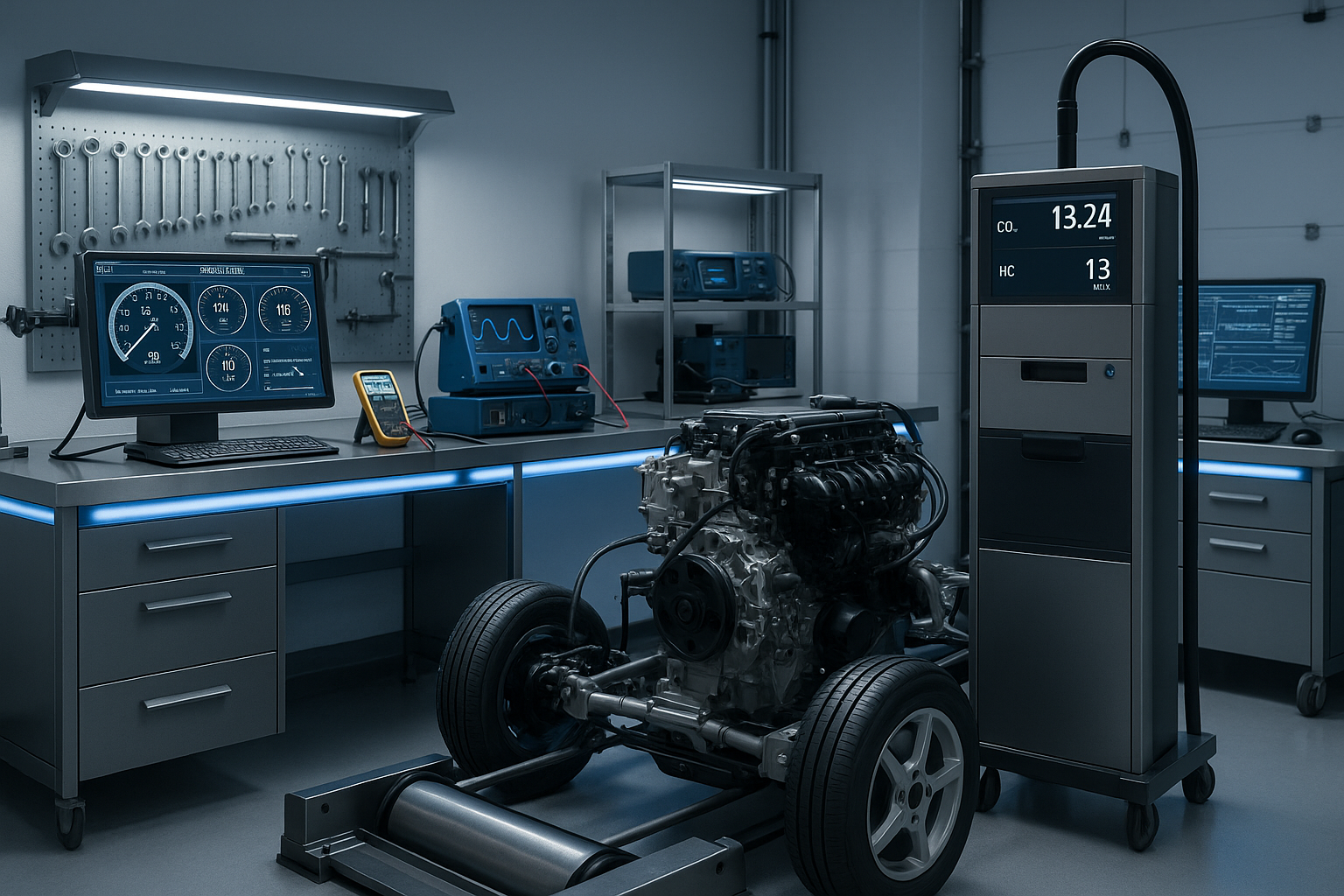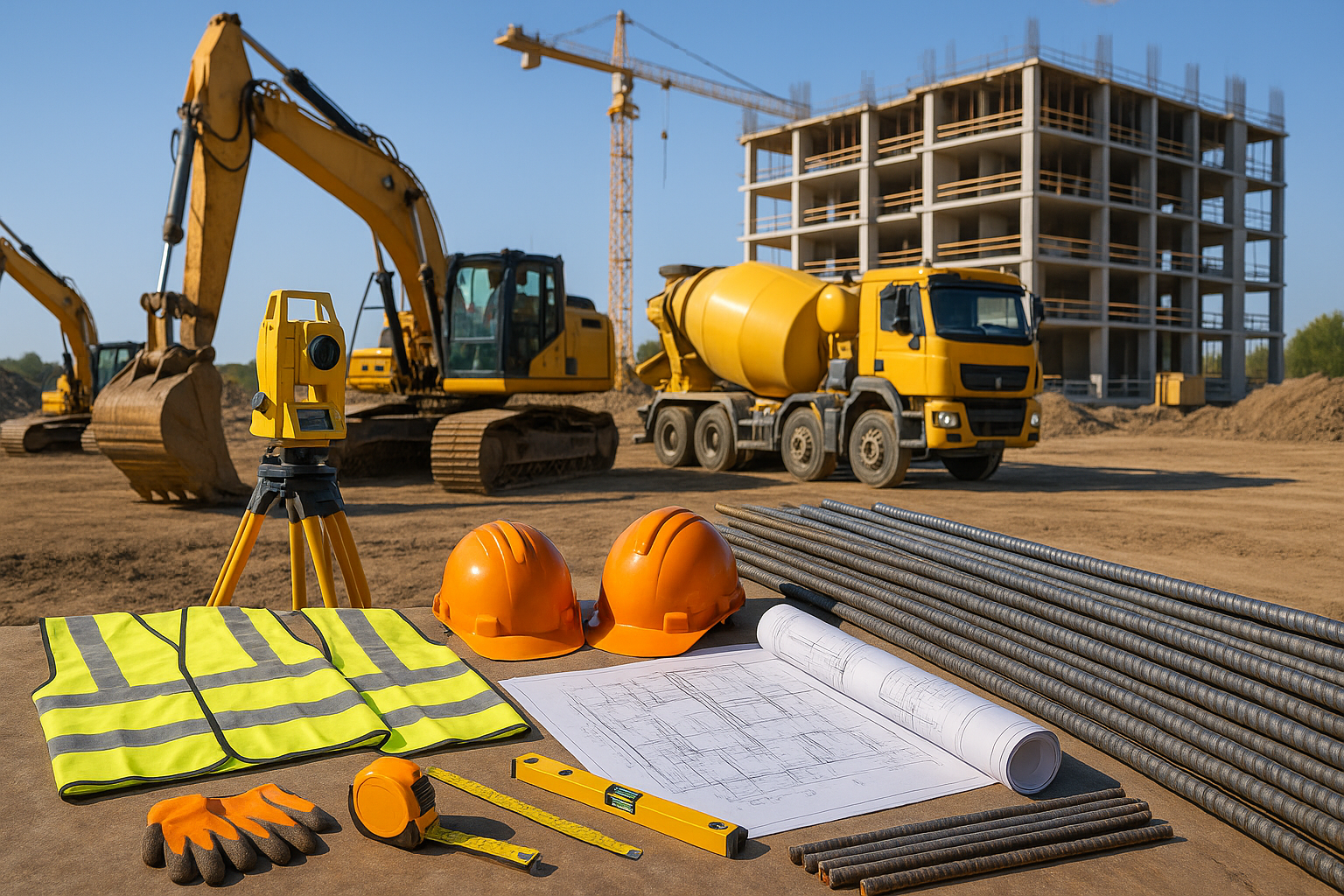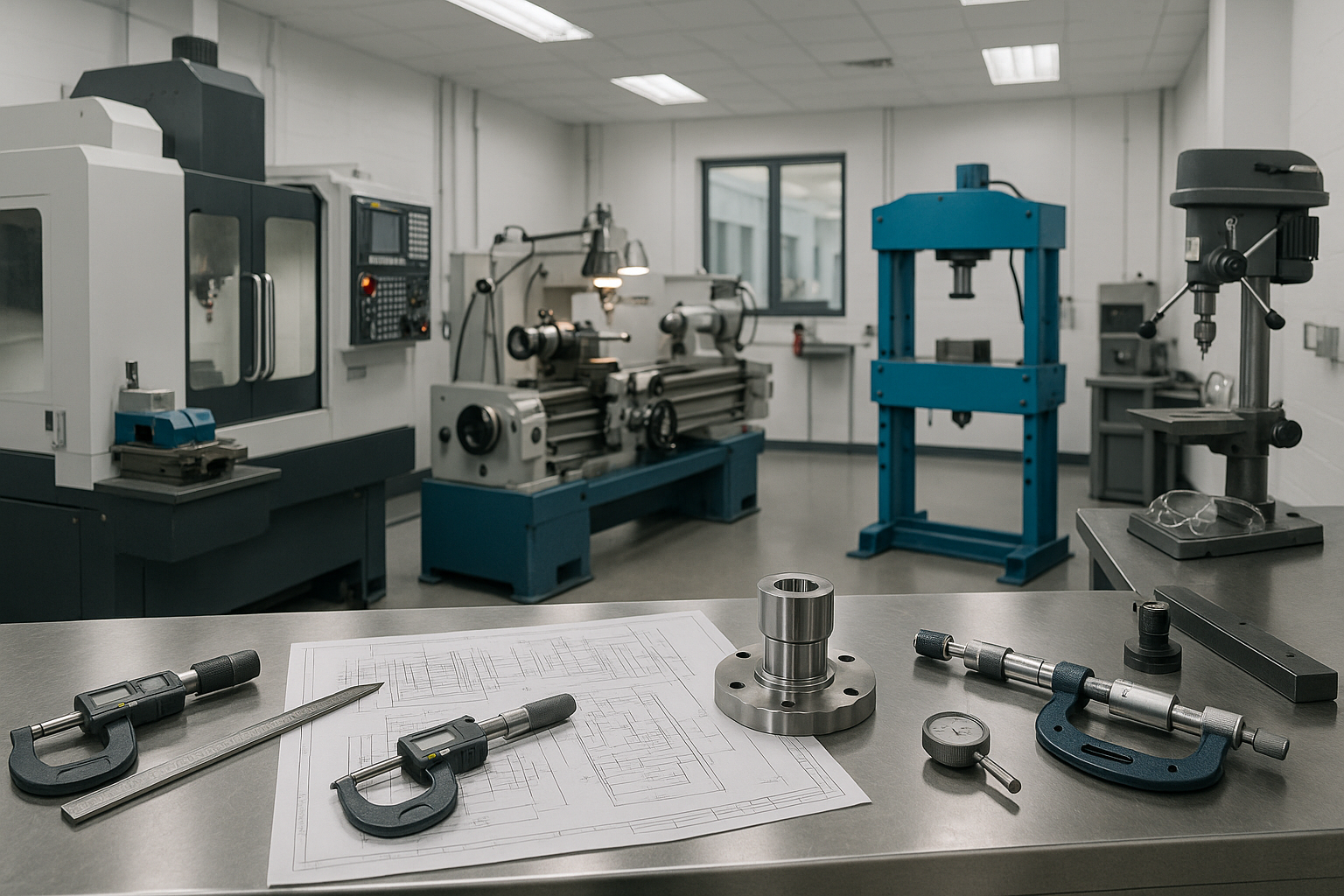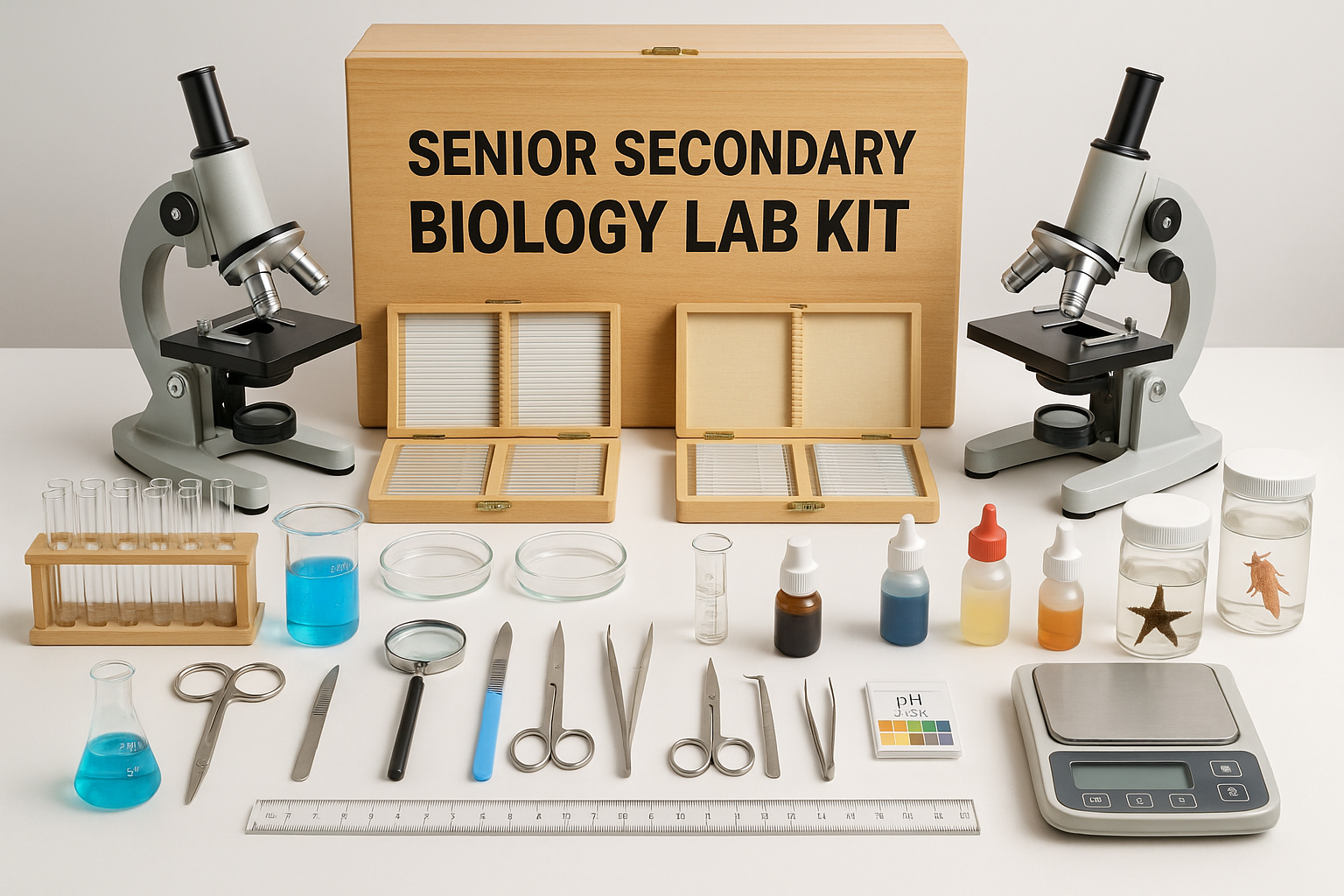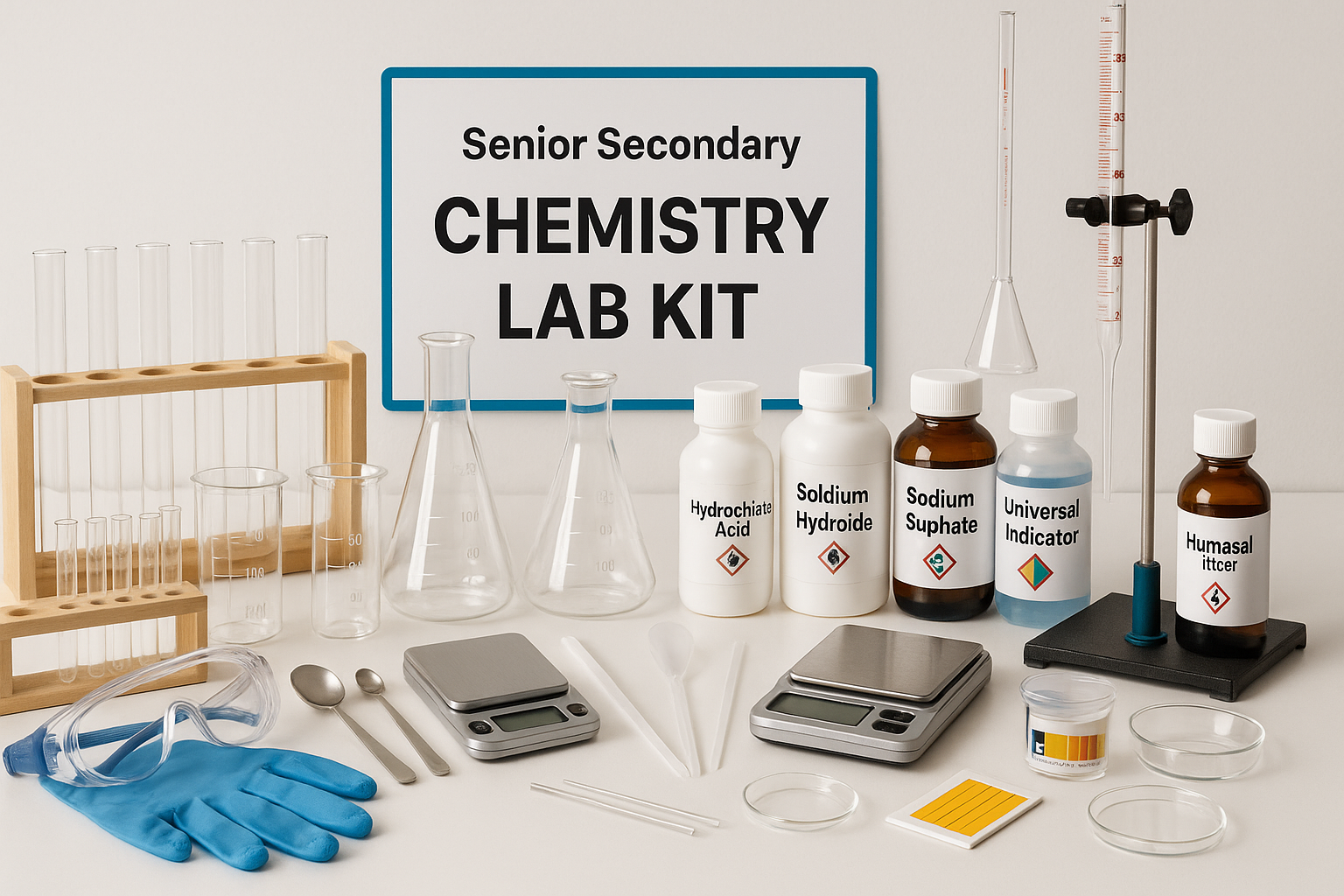Laboratory Instruments: Crucial Components for Precision in Scientific Research
Laboratory instruments are critical to the success of scientific research, enabling researchers to collect, analyze, and interpret data accurately. These tools range from simple manual devices to complex automated systems, facilitating various tasks across diverse fields such as biology, chemistry, physics, and medicine. In essence, laboratory instruments serve as the backbone of scientific inquiry, allowing for the replication of results and the validation of hypotheses.
There are many laboratory instruments used for various scientific experiments and analyses. Here are some of the commonly used laboratory instruments and their brief descriptions:
-
Microscope: A device that magnifies and resolves small objects, allowing them to be studied in detail.
-
Balance: A device used to measure mass, usually in grams or milligrams.
-
Bunsen burner: A gas burner used for heating substances in the laboratory.
-
Thermometer: A device used to measure temperature, usually in degrees Celsius or Fahrenheit.
-
pH meter: A device used to measure the acidity or alkalinity of a solution.
-
Spectrophotometer: A device used to measure the intensity of light absorbed by a sample at different wavelengths.
-
Centrifuge: A device used to separate substances of different densities by spinning them at high speeds.
-
Autoclave: A machine used to sterilize equipment and materials using high pressure and temperature.
-
Incubator: A device used to maintain a controlled environment, usually for growing bacterial cultures or other living organisms.
-
Pipette: A device used to measure and transfer small volumes of liquid.
-
HPLC (High-performance liquid chromatography): A technique used to separate and identify components in a mixture by passing it through a column containing a stationary phase and a mobile phase.
-
Gas chromatograph: A device used to separate and identify components in a mixture based on their vapor pressure and affinity for the stationary phase.
-
Electrophoresis equipment: A technique used to separate and analyze molecules, such as DNA or proteins, based on their size and charge.
-
X-ray diffractometer: A device used to analyze the structure of materials by scattering X-rays and observing their diffraction patterns.
-
Magnetic resonance imaging (MRI) scanner: A device that uses strong magnetic fields and radio waves to create detailed images of internal structures of the body or materials.
LABORATORYDEAL India maintains a good quality assurance of all its products and provides lab equipment at affordable and eco-friendly rates. The company provides lab equipment throughout and outside the country and has a network of dealers and distributors in various states, including Andhra Pradesh, Arunachal Pradesh, Assam, Bihar, Chhattisgarh, Goa, Gujarat, Haryana, Himachal Pradesh, Jharkhand, Karnataka, Kerala, Madhya Pradesh, Maharashtra, Manipur, Meghalaya, Mizoram, Nagaland, Odisha, Punjab, Rajasthan, Sikkim, Tamil Nadu, Telangana, Tripura, Uttar Pradesh, Uttarakhand, and West Bengal
At the core of laboratory work lies the essential requirement for precision. Whether it is measuring the pH of a solution, determining molecular weight, or analyzing the chemical composition of a sample, the accuracy and reliability of laboratory instruments are paramount. The credibility of scientific findings hinges on the quality of the tools employed in the experiments.
This blog explores the different categories of laboratory instruments and their applications. We will delve into various examples, highlighting the significance of each instrument type and how they contribute to rigorous scientific practice. By understanding how laboratory instruments operate and the principles behind their use, researchers can maximize the potential of their experiments, leading to groundbreaking discoveries.
One of the primary categories of laboratory instruments is measuring devices, which play a fundamental role in obtaining quantitative data. Instruments such as spectrophotometers, mass spectrometers, and balances are vital for accurate measurements. Spectrophotometers, for example, enable scientists to measure the intensity of light absorbed by a sample, facilitating the determination of concentrations in chemical solutions. Similarly, mass spectrometers provide insights into the molecular weight of compounds, essential for characterizing substances.
In addition to measuring devices, laboratory instruments are also integral for analysis and separation tasks. Chromatography instruments, such as gas chromatographs and high-performance liquid chromatographs (HPLC), are essential for separating complex mixtures into individual components. These instruments allow researchers to analyze the purity of substances and identify chemical compounds within a sample. The importance of chromatography in research cannot be overstated, as it is widely used in pharmaceuticals, environmental studies, and food safety testing.
Moreover, laboratory instruments also fall into the category of preparation and processing tools. Centrifuges, for instance, are essential for separating substances of different densities, such as cells from culture media or precipitates from supernatants. The ability to prepare samples accurately dictates the quality of subsequent experiments, further underscoring the importance of using reliable laboratory instruments.
Safety is another paramount consideration in laboratory environments. Instruments such as fume hoods, biosafety cabinets, and personal protective equipment (PPE) play crucial roles in ensuring a safe working environment for researchers. Fume hoods protect users from hazardous fumes and vapors, while biosafety cabinets are designed to contain biological materials that pose a risk to human health. Adopting these safety instruments is essential to conduct experiments responsibly.
Furthermore, technological advancements have led to the development of computerized laboratory instruments that offer enhanced functionality and ease of use. Automated pipetting systems, for instance, enable high-throughput applications, allowing researchers to conduct multiple experiments simultaneously with improved accuracy. These innovations have transformed laboratory workflows and increased overall productivity.
Training and education regarding the use of laboratory instruments are vital components of scientific research. Proper handling, calibration, and maintenance of these tools can significantly impact experimental outcomes. Researchers must be familiar with the operation of each instrument, understanding the principles behind their use and the best practices for obtaining reliable data.
The role of laboratory instruments in scientific research cannot be understated. They not only facilitate experimentation but also ensure that data collected is precise, reproducible, and valid. As research evolves, so too do the instruments used, with an ongoing drive to improve accuracy, efficiency, and safety in laboratories worldwide. By embracing these essential tools, scientists can continue to push the boundaries of knowledge and innovation.


